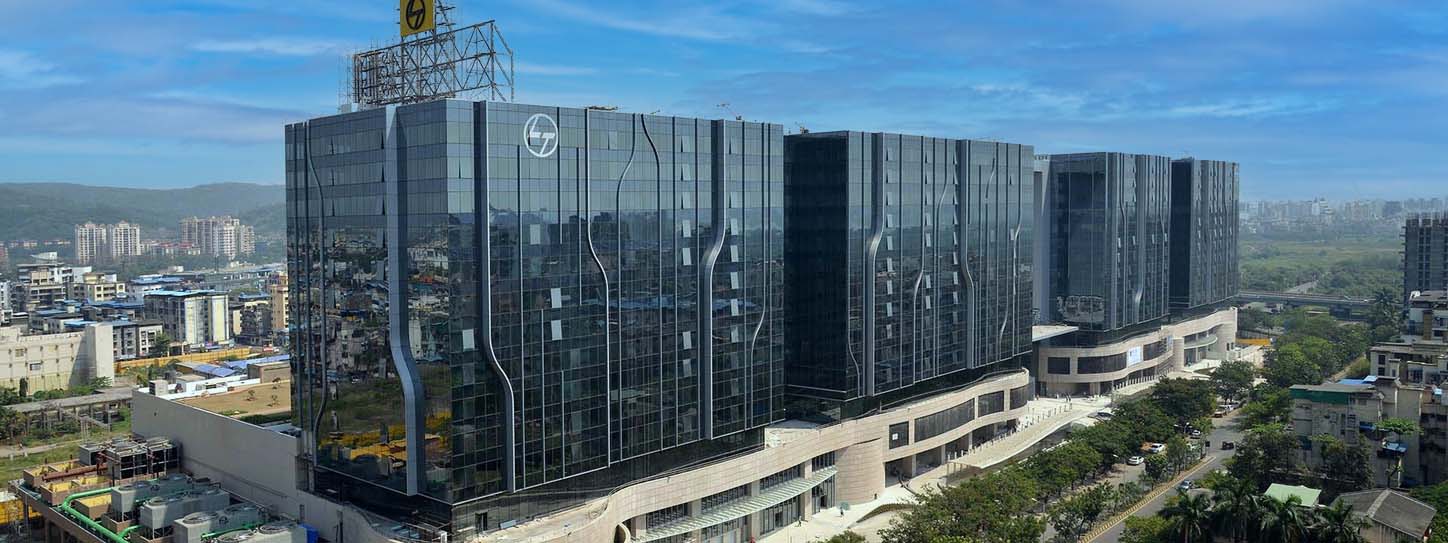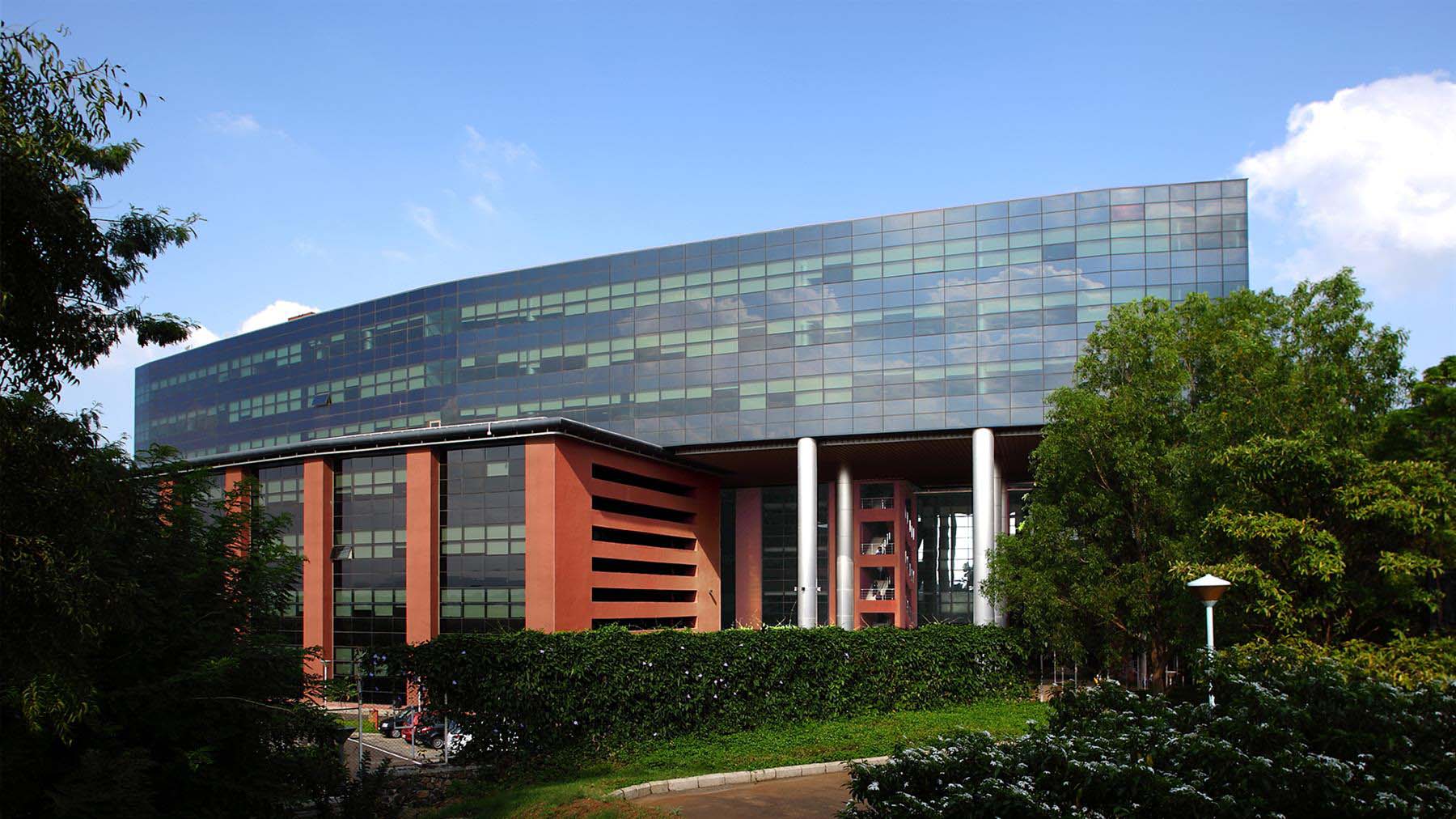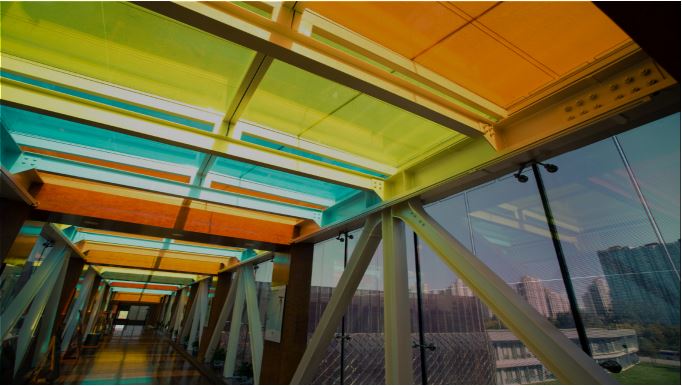Blast Resistant Glass - Protecting Infrastructure from Explosions
In today’s security-conscious world, infrastructure must be designed not only for functionality and aesthetics but also for resilience against extreme threats. From government facilities and airports to corporate offices and critical infrastructure, the risk of explosions whether accidental or intentional cannot be ignored. This is where blast resistant glass plays a crucial role, providing protection while maintaining transparency and design integrity.
What is Blast Resistant Glass?
Blast resistant glass, sometimes referred to as explosion-proof or blast mitigation glass, is engineered to withstand the shockwaves from blasts and explosions. It is typically made by laminating multiple layers of glass with advanced interlayers, often combined with polycarbonate or other composites.
When exposed to a blast, this specialized glass is designed to:
- Absorb and disperse the energy of the explosion
- Minimize the risk of shattering and flying glass fragments
- Maintain structural integrity for as long as possible
This ensures the safety of building occupants and reduces damage to critical facilities.
Why Blast Resistant Glass Matters
1. Protection Against High-Impact Threats
Explosions generate shockwaves that travel faster than sound, putting immense pressure on building facades. Ordinary glass shatters instantly under such stress, causing secondary injuries from flying shards. Blast resistant glass holds together even under extreme conditions, significantly reducing risks.
2. Safeguarding Occupants and Assets
The greatest danger during a blast often comes from shattered glass fragments. Blast resistant glass minimizes this hazard by holding fragments together, protecting people and valuable assets inside the building.
3. Versatility Across Sectors
Blast resistant glass is used in a wide range of applications, including:
- Government buildings & embassies
- Airports and transportation hubs
- Financial institutions
- Critical infrastructure such as power plants
- Corporate offices and high-risk facilities
4. Maintaining Transparency and Aesthetics
Unlike heavy concrete barriers, blast resistant glass provides protection while preserving architectural design, natural light, and visibility. This allows architects to design open, inviting buildings without compromising safety.
5. Customizable Levels of Protection
Blast resistant glass is available in different configurations depending on the level of threat. It can also be combined with additional features such as bullet resistance, intrusion resistance, fire safety, and UV protection, offering multi-functional security solutions.
Blast Resistant vs. Regular Safety Glass
It’s important to understand that blast resistant glass is different from ordinary laminated or tempered glass. While standard safety glass offers protection against impact or breakage, blast resistant glass is specifically engineered to withstand the immense pressure and shockwaves from explosions, making it far more robust in extreme scenarios.
FG Glass Blast Resistant Solutions
Under its Security vertical, FG Glass provides advanced blast resistant glazing solutions designed to meet international safety standards. These products combine cutting-edge lamination technology, superior durability, and optical clarity to ensure both safety and performance. With FG Glass, architects and security consultants can create infrastructure that is resilient, secure, and future-ready.
In an age where security challenges are increasingly complex, blast resistant glass is a critical component in protecting people, property, and infrastructure. It ensures resilience against explosions while maintaining the transparency and elegance that modern architecture demands. With FG Glass’s expertise, you can trust in solutions that deliver the highest levels of safety without compromise.

You might also like
Feb 21, 2022 by TARIQ KACHWALA
Feb 21, 2022 by TARIQ KACHWALA
Feb 23, 2022 by TARIQ KACHWALA









